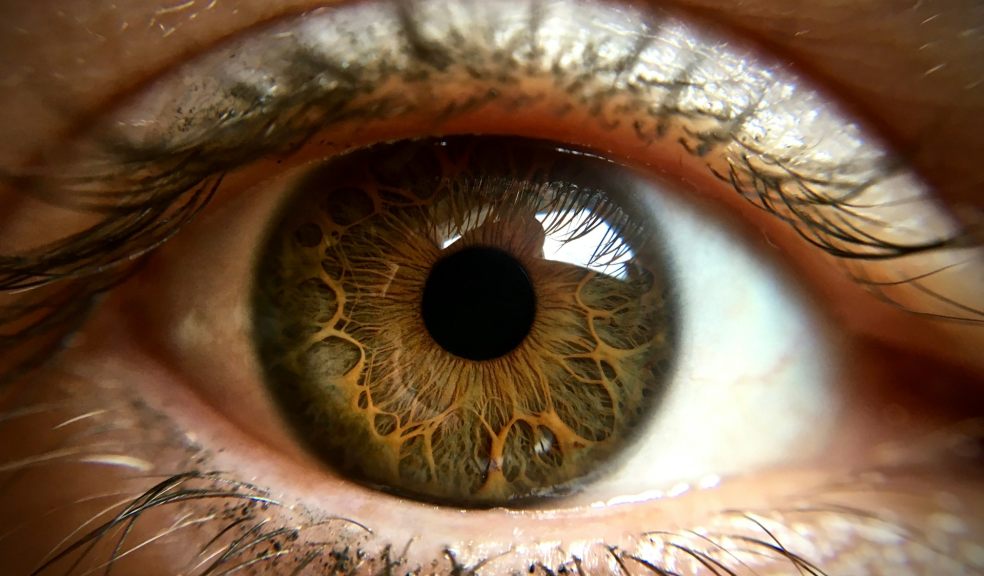
What is an Optomap Scan?
Going to the opticians can be expensive and time-consuming, so you want to know that the results you receive will be detailed and informative at the end of the day. Many opticians recognise this and try to get you in for as many basic tests and scans as possible in your appointment. A common scan that may be conducted during your check-up is an Optomap scan. You may have heard the name but are still unsure of the real purpose of the scan.
This article will outline what an Optomap scan is, who may be more susceptible to the issues detected by it and whether you should include it in your next optician appointment.
What is an Optomap scan?
An Optomap scan (sometimes mistakenly spelt ‘optimap’) is an advanced imaging system that captures a high-resolution, 200-degree view of the retina in a single scan. This is much wider than the 45-degree view provided by standard retinal photography.
The retina is a thin layer of tissue at the back of your eye that is responsible for sending visual information from your eyes to your brain. Because so many eye conditions start in the retina, having a complete and detailed picture is essential for maintaining your eye health.
During the test, you will look into the optomap eye scanner and in less than a second, it takes an ultra-wide digital image of your retina. The process is completely painless and non-invasive. Unlike traditional dilated exams that require eye drops and waiting time, Optomap usually eliminates the need for dilation, making your eye exam more efficient and comfortable.
Ultimately, an Optomap scan can help your doctor detect signs of eye diseases in their earliest stages, sometimes even before you notice any changes in your vision.
What diseases or issues is it scanning for?
The scan is worth it for most people to see what they otherwise wouldn't be able to, but it is especially worth it for the groups more susceptible to eye issues, such as:
- Diabetic retinopathy can cause blurred vision and even vision loss. This can be an effect of both Type 1 and Type 2 diabetes and can worsen if it is left untreated.
- Glaucoma is a group of eye diseases that damage the optic nerve due to elevated eye pressure. It is more likely in older people, but it also has a significant genetic component.
- Retinal tears or detachments, which you may notice as sudden vision changes, flashes of light or floaters.
- High blood pressure can harm retinal blood vessels, leading to hypertensive retinopathy. It affects a significant portion of the British public and often goes undiagnosed, so it is worth getting this checked out to inform your other health concerns.
- Retinal tumours can be found early through the Optomap's detailed view.
- An Optomap scan can also detect many inherited retinal diseases. Check your family medical history to see if you could be susceptible.
Do all opticians provide it?
Not all opticians provide Optomap scans as standard. It may be worth checking your optician's website.
If your current optician does not provide it and you want to find a good-quality replacement, check for reviews on platforms such as Trustpilot or Google Reviews so that you can see how other customers and patients have perceived the practice. If you want a local and accessible company, try Googling the name of your local area, for example, ‘Linklater opticians’.
Should I book an Optomap scan?
An Optomap scan is great for everyone, especially if you're experiencing any symptoms or if certain conditions run in your family. Think of it as your eye's health check-up, and catch any potential issues early so you can resolve or treat them!













